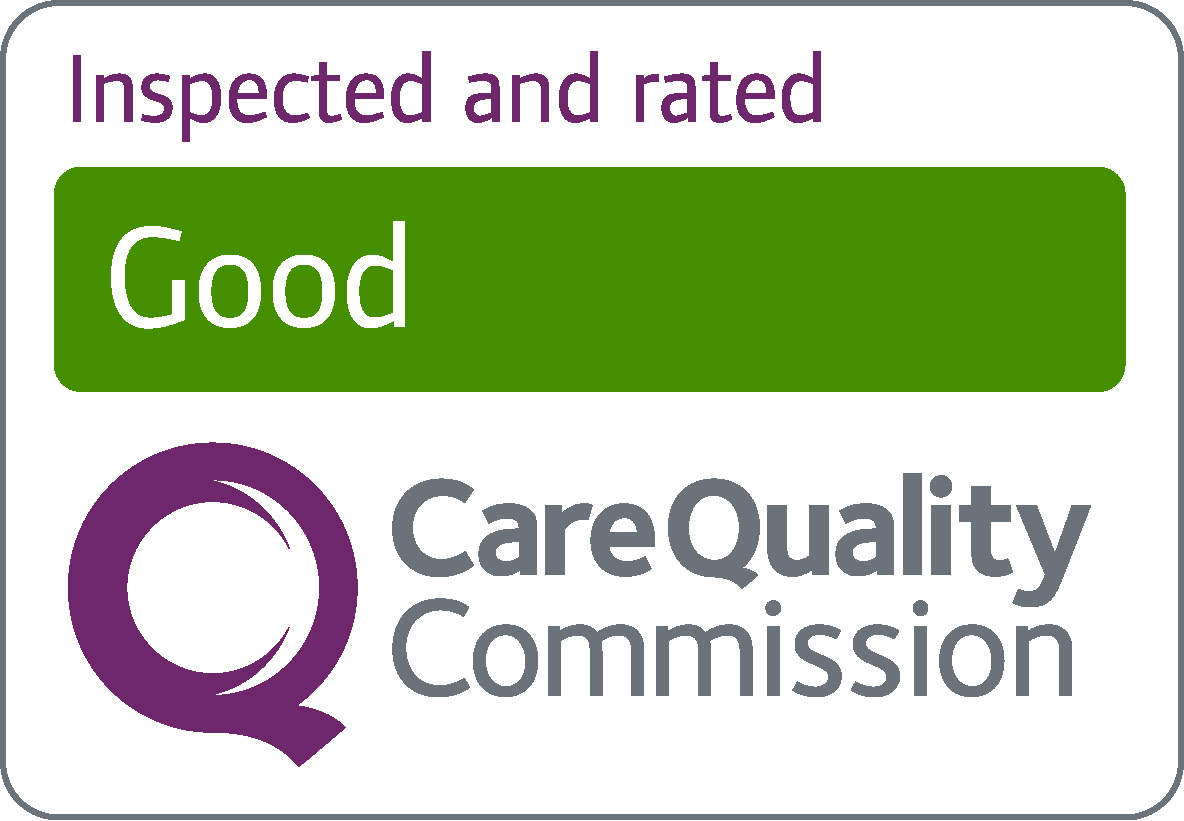Toxic Drug Culture Mapped Across The UK

on 16 Sep 2022
In the UK, drugs are a common element of the party and rave scene, with many people using them to enhance the effects of alcohol. However, according to recent reports, the UK’s attitude towards using drugs has meant that as a country ‘we take more drugs than anywhere else in the world’.
In fact, earlier this year, ONS statistics revealed that drug-related deaths in England and Wales had been rising year on year for the past decade, with the most recent statistics hitting a record high of 4,859 deaths in 2021.
There are many factors that can influence the drug culture of a certain city, from political and social issues to economic impacts. In many scenarios, people will turn to drugs as a way to cope with trauma. But where in the UK has the worst attitude toward drug culture?
Our team of specialists have analysed various factors including the number of drug-related deaths, overdoses, arrests and driving offences in different cities across the UK to determine which spots had the most toxic attitude to drug culture.
As well as this we have also collated a list of side effects that come hand-in-hand with long-term cannabis use, to create a hypothetical depiction of what a cannabis user would look like in the future – from a daily cough to hallucinations.
Top Cities with the Worst Drug Culture
So, where exactly has the most toxic relationship with drugs? After analysing data from Gov.co.uk, the official NHS website and Semrush, we were able to determine that Birmingham has the worst drug culture in the UK.
The city scored a disappointing 6.1/50 overall, shining a light on just how much more support the location needs when it comes to drug addiction.
The data revealed that a massive 10,525 people in the city had experimented with opiates and crack cocaine in their lifetime, while a shocking 81 drug-related deaths were recorded. As well as this, there were also 350 searches for drug rehabilitation admissions per month in the city, which is very high considering its population of 856,000 people.
Coming in second place on the list was Leeds, with an overall score of 7.8/50 – only marginally better than Birmingham. However, with a population of 526,043, this score is just as worrying.
When it came to recorded numbers of drug poisonings, 78 cases were found, as well as 300 searches per month for drug rehabilitation. A huge 75 drug-related hospital admissions in the city also added to Leeds’ second-place spot on the list, which was once again very close to Birmingham’s score of 90, despite the vast difference in population size.
5,550 instances of people using opiates or crack cocaine in Leeds also highlighted a drastic need for change and support, as well as a concerning 61 recorded drug-related deaths.
In third place was London, with a score of 10/50. Given its colossal population of 9,541,000 people, this number is troubling but also not as alarming as cities with much smaller communities.
432 drug-related poisonings were recorded, as well as a worrying 56,299 people who admitted to having experimented with opiates or crack cocaine. Due to this number, it is unsurprising that drug-related hospital admissions were as high as 1,115 recorded cases.
Drug-related deaths stood at 269 in London, not far off the number of fatalities in Leeds and Birmingham.
Martin Preston Founder and Chief Executive at Delamere, has explained why attitudes toward drug culture across the UK are so worrying: “Over the past few years, we have seen an alarming rise in those who have suffered from drug-related deaths, as a result of the pandemic, on-going cost of living crisis and impending recession.
“This could be because life-changing events such as these can quite often cause a sense of unease, and one way many people cope with this feeling is by turning to drugs, or using them at a greater level than normal.
“Considering the number of people that will be struggling financially come the winter, it is unsurprising to see why there are certain areas of the UK where worrying drug culture is more prevalent than others, as people may be more likely to use it as a way to cope.
“Not only that but the pandemic meant that many people have been unable to access services that they need due long waiting lists, delays or staff shortages. This, in turn, has caused a rise in drug poisoning and deaths in parts of the UK.”
What Does a Long-Term Cannabis User Look Like?
As well as digging deep to discover which city has the most dangerous drug culture, we also collated data that allowed us to bring a long-term cannabis user to life – complete with all of the side effects and symptoms of being addicted to this drug for a long period of time.
A person who consumes high levels of cannabis for a long period of time will often have red or bloodshot eyes. This is because compounds in cannabis including THC can cause blood vessels in the eyes to widen, which in turn leads to a decrease in blood pressure and the eyes to appear red.
As well as being red, the eyes will often become puffy. This can be due to the smoke and smell from cannabis irritating the eyelids, or because regularly smoking this substance interrupts how much REM (Rapid Eyelid Movement) sleep the user gets.
Not getting enough deep sleep is guaranteed to lead to tiredness, which is destined to impact your work, social and everyday life. As well as this, smoking cannabis also decreases the amount of dopamine (a neurotransmitter that contributes to changes in your mood, motivation levels and memory) your brain produces, causing you to feel demotivated.
Usage can cause increased appetite and weight gain. This is due to cannabis causing what is known as ‘the munchies’, which are actually levels of THC chemicals in cannabis stimulating hunger. THC is the psychoactive element of cannabis, which makes people ‘high’ and encourages a large production of the hormone ghrelin, which can amplify hunger cravings.
Another impact of long-term cannabis use is increased levels of anxiety. Paranoia is one of the better-known consequences of smoking cannabis, and it happens due to levels of THC over-energising the cells in the brain that stimulate emotions, especially those relating to fear. Due to this, cannabis has been proven to promote long-term anxiety in those that consume it regularly.
Concentration is also impacted by the long-term use of cannabis, making our hypothetical user very easily distracted. This is due to cannabis disrupting cognitive functions, as the compounds within the drug disrupt neural signalling. This also affects short-term memory, which can make it very difficult to learn new information.
Looking at the physical side of things, a long-term cannabis user may experience symptoms of thinning hair and wrinkles on their skin. The thinning of the hair is encouraged by THC-boosting cortisol (a steroid hormone) levels throughout the body, thus impacting the regulation of the hair follicles.
When it comes to wrinkles, this can happen due to the hydrocarbons in marijuana smoke affecting the collagen in the skin. This removes the appearance of plumpness, causing the skin to look sallow and thin. Finally, an individual who consumed a large amount of cannabis is likely to have an increased heart rate and a daily cough.
These afflictions are caused by cannabinoids impacting the cardiovascular system, due to cannabis being a vasodilator and widening the blood vessels. Due to this, more blood rushes towards the heart, causing it to beat a lot faster and blood pressure to decrease.
When it comes to the daily cough, this is due to the cannabis smoke reacting to the sensory nerves in your throat and airways. The smoke begins to irritate the throat, and coughing is the body’s way of getting rid of the unwanted substance.
Coughing is also made worse by the cilia (the cells in your airways that get rid of debris) not being able to remove toxins and waste from your lungs regularly. This means that this debris remains in your lungs for longer, encouraging a nasty cough.
Martin Preston, Founder and Chief Executive at Delamere, explains why cannabis use can be more dangerous than people think: “Due to its benefits within the medical industry, a lot of people consider cannabis a much more harmless drug than other substances like cocaine, or ecstasy. This is because seemingly a lot of people can use it moderately without any consequences.
“However, the truth is that it can be just as harmful to a person, especially when used in large quantities. For example, cannabis use can cause long-lasting damage to your brain, especially in young users. This is because, at a young age, the brain is still in its development stage, meaning that it’s more susceptible to the effects of drugs like cannabis and could mean that an individual is more likely to suffer from long-term substance abuse.
“Not only that but regular use has also been associated with impaired memory loss, poor attention span and being unable to make decisions”.
Martin Preston has shared the most common signs and symptoms that an individual is suffering from cannabis addiction.
The Signs and Symptoms of Cannabis Addiction
Fatigue, lethargy, apathy – While addicted to cannabis a person may experience symptoms of fatigue lethargy or apathy. This is because cannabis contains THC chemicals that send signals to your brain that often make you tired or promote sleep.
Lack of interest in physical appearance – A person addicted to cannabis may often show a lack of interest in physical appearance. This can include not changing clothes for days on end or forgetting to shower.
Mood swings – Addiction to cannabis can also lead to mood swings. This is because it interferes with the region of the brain that helps regulate emotion control and how we react to other people’s behaviour. These changes may mean that the person who is addicted to cannabis could experience outbursts of sudden anger.
Poor attention span – Another sign of addiction can include poor attention span. This is because the chemicals found in cannabis slow down the cognitive functions of the brain including memory, and learning, which in turn makes it harder to concentrate.
Anxiety or paranoia – Using cannabis regularly can also cause symptoms of anxiety or paranoia. This can be because high levels of THC (the psychoactive ingredient found in cannabis) can increase anxiety symptoms such as an increased heart rate or racing thoughts.
Finding a stronger substance – Someone addicted to cannabis may also become obsessed with finding and accessing stronger strains of the substance, or may start mixing it with other drugs to experience greater effects.
Becoming Defensive when Challenged – A person who is struggling with cannabis addiction may become defensive or try to justify their use of cannabis despite an apparent decline in mental, physical, social or emotional health.
Disinterest in things they used to enjoy – As a person’s addiction to cannabis progresses, a common sign that they may be struggling could include becoming disinterested in spending time with their friends or loved ones or spending less time doing activities that they used to enjoy.
Risk-Taking While Under the Influence – Addiction to cannabis can also cause a person to take more risks or find themselves in dangerous situations while they are under the influence as it can impair motor skills, and affect judgement and decision making.
Cravings Become Overwhelming – A person who struggles with Cannabis abuse may experience symptoms including cravings for the substance that become overwhelming when they do not have access to it
If you or anybody you know is suffering from any kind of drug-related issue, you are not alone – and you do not have to suffer in silence. Here at Delamere, we offer bespoke and highly-effective drug addiction treatments for a range of substance dependencies, helping you to loosen the grip that drugs have over your life.
Methodology:
Taking a seed list of the most popular cities in the UK, the team have analysed which locations have the most dangerous drug culture based on the following criteria;
- Drug deaths from misuse (Office for National Statistics)
- Drug related hospital admissions (NHS)
- Number of searches for ‘drug rehab’ (Semrush)
- Opiate and crack cocaine use (gov.uk)
- Drug deaths from poisoning (Office for National Statistics)

About the author: Martin Preston
Martin created Delamere in order to provide exemplary care in first class facilities. Find out more about Martin on our team page.
RECENT POSTS
The Power of Reaching out a HandFrom sobriety to quality of life: Revisiting recovery outcome measures
The role of alcohol in UK culture, and how to break free
Holistic diet tips to balance energy and mood
CATEGORIES
-
Addiction Recovery
Addiction Reports
Alcohol Addiction
Burnout
Delamere
Digital Addiction
Drug Addiction
Holistic Programmes
Other Behaviours
Prescription Drug Addiction
Rehab
ARCHIVES
- December 2025
- November 2025
- October 2025
- September 2025
- August 2025
- July 2025
- June 2025
- May 2025
- April 2025
- March 2025
- February 2025
- January 2025






